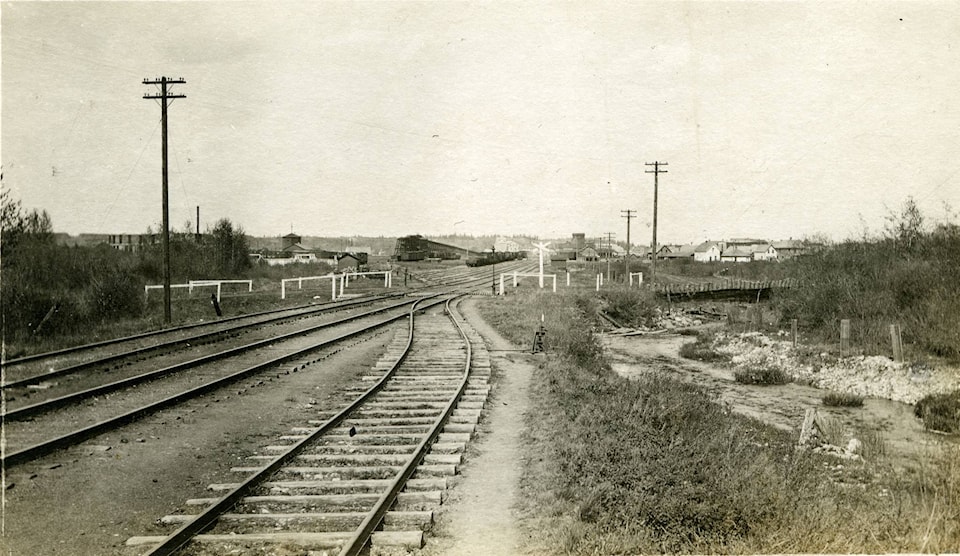There is a lot of well-founded concern about the enormous worldwide impact of the COVID-19 pandemic and the accompanying economic consequences.
Unemployment has soared. Several experts say that the conditions may become as bad, or worse, as what was experienced more than 80 years ago during the Great Depression of the 1930s.
It is hard to overstate how bad things got during the 1930s.
As the economic crisis continued for years, people began to wonder if the hard times would ever end. Many people, particularly unemployed young men, began to travel across the country looking for some sort of employment and opportunity.
The problems were not just the high rates of unemployment, which in places such as Red Deer rose to more than 20 per cent.
Unemployment and poverty relief was generally left to municipalities. That made a real patchwork of programs and supports.
Moreover, people naturally wanted the money that was available to go to local residents and not to those from other communities.
As it was, the relief offered was very small. In Red Deer, city council cut the pay for anyone who got on with a local public works relief project from 40 cents to 30 cents per hour.
The provincial director of charity and relief recommended that Red Deer further cut its rates to 25 cents per hour, to a maximum of $1 per day.
Men with families were always hired before single men. No non-residents were ever hired for these projects.
Still, many unemployed went from community to community in the faint hope that things might be better elsewhere. Many of those transient unemployed people travelled by jumping onto passing freight trains, as they could not afford tickets for the passenger cars.
This became widely known as “riding the rails.”
The railroad companies were naturally very unhappy about these non-paying riders, or hitchhikers. Security personnel were hired to keep people off of the boxcars.
One result was that many of the transient travellers would jump off the trains just before arriving at the railyards.
One of the main spots in Red Deer where these transients disembarked was in the willow brush along Waskasoo Creek, south of 43rd Street (now along Taylor Drive).
This spot became known as the Hobo Jungle. At any given time, one could find several dozen men staying there.
The smoke from their campfires was a continual reminder to people that there were many unemployed coming to town.
To give an idea of the scope of the situation, at one point in the fall of 1932, Red Deer’s police chief estimated that more than 500 transients had come through Red Deer in the preceding month.
Red Deer’s population at the time was less than 3,000.
From their campsites, the men would go out to see if they could find some way to make a bit of money.
They would go door to door to see if they could find some kind of odd job or chore they could do. Some made willow baskets or other useful items to see if they could sell them in town.
Often, the townspeople were unable to help, other than to offer a bit of a meal before the transients moved on.
In colder weather, the Red Deer police would take the camp dwellers to the police station to sleep overnight.
In the morning, the men were released on the condition that they leave town. However, the transients were given a good, hot breakfast just before they were sent on their way.
Not surprisingly, there were tragedies involving those riding the rails. Sometimes, men were injured as they tried to jump on or off the freight cars.
The worst recorded accident happened in June 1933 in north Red Deer, when three exhausted young men from Regina fell asleep along the tracks. They were run over and killed by a passing freight train.
The grim situation never really came to an end until 1939, when the Second World War broke out. Many of the young men then enlisted to serve in the military.
Red Deer historian Michael Dawe’s column appears Wednesdays.
